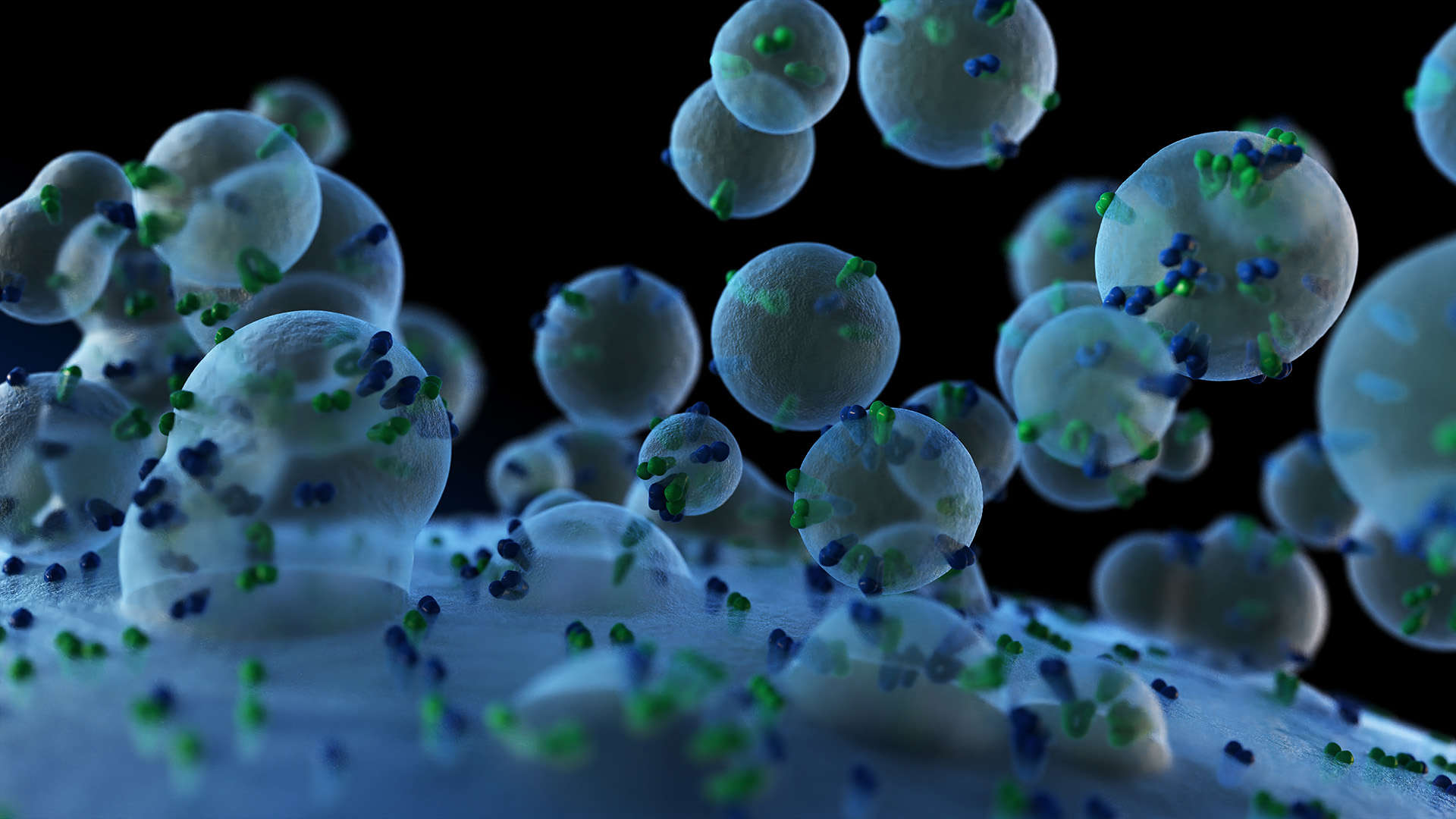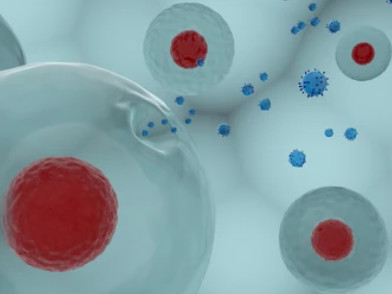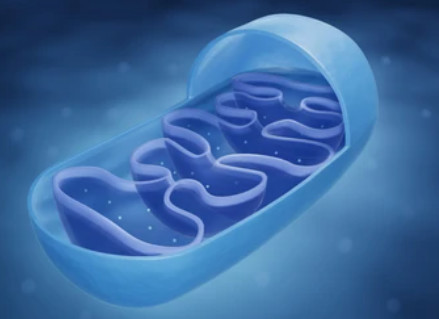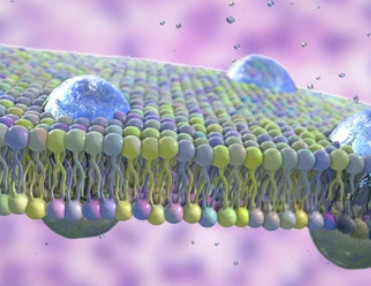Endoplasmic Reticulum Metabolomics Analysis Services
Online InquiryThe endoplasmic reticulum (ER) is the main organelle for protein, lipid and carbohydrate metabolism. It also has the function of regulating the intracellular calcium ion concentration. Metabolomics helps to explore the function or dysfunction of the endoplasmic reticulum and its interaction with other organelles.
Creative Proteomics provides a one-stop service for endoplasmic reticulum metabolomics analysis, which aims to analyze the role of the endoplasmic reticulum in regulating the adaptability of the metabolic network and maintaining the balance of cells and the body from a holistic perspective. The main contents include: 1) Study the dynamic metabolic changes in the endoplasmic reticulum; 2) Study the effects of endoplasmic reticulum stress response signal pathways on lipid metabolism; 3) Analyze the differential comparison of metabolites in endoplasmic reticulum-related metabolic diseases.
We Provide the Following Services, including but not Limited to:
Our services include targeted and untargeted metabolomics analysis. You can choose according to your experimental purpose and sample.
1. Untargeted Metabolomics Services
Unbiased detection of all small molecule metabolites in the ER. For the analysis of the structure of unknown analytes, we use the hierarchical annotation system based on MS metabolomics research. LC (UPLC)-MS technology is used to collect mass spectra of ER metabolites. Compare the content of metabolites in different groups of samples to find differential metabolites. And explore metabolic pathways between differential metabolites.
2. Targeted Metabolomics Services
Quantify and analyze several target compounds in ER or all or part of metabolites involved in a certain pathway. We have the GC-QToF MS system and developed a large-scale metabolomics quantitative method with the help of MRM (multiple reaction monitoring) or PRM (parallel reaction monitoring) technology.
Limitation: Reliable reference compounds are needed to identify and quantify the metabolic profile.
Technology Platforms
| Technologies | Instruments | Sensitivity | Characteristics |
| Nuclear Magnetic Resonance Spectroscopy | 700 MHz Bruker Avance III HD | 10-6 |
|
| GC-MS | Finnigan TRACE DSQ GC-MS system with Electron Ionization (EI) and Chemical Ionization (CI) capability; 7200B GC/Q-TOF | 10-12 |
|
| LC-MS | Agilent Ion Trap LC-MS system | 10-15 |
|
Advantages of Endoplasmic Reticulum Metabolomics Analysis Services:
- Advanced instruments and equipment: Creative Proteomics has a variety of detection equipment such as NMR, LC-MS, GC-MS, and can be flexibly selected according to different experimental needs.
- Rich experience: Creative Proteomics has 13 years of experience in proteomics and metabolomics analysis, and has a professional metabolomics team.
- Strict quality control: From sample processing, quality evaluation to machine testing, every step is strictly controlled to ensure the accuracy of the results.
- Professional bioinformatics analysis: Creative Proteomics has a professional and experienced bioinformatics analysis team to provide you with comprehensive and high-quality data analysis.
Endoplasmic Reticulum Metabolomics Analysis Roadmap

Data Analysis of Endoplasmic Reticulum Metabolomics
| Standard Analysis | Data preprocessing (noise filtering, peak matching, peak extraction) and normalization |
| Data quality control (QC sample TIC overlay and PCA analysis) | |
| Differential metabolite screening (PCA. PLS-DA dimensionality reduction processing, volcanic map) | |
| Differential metabolite analysis (Venn diagram, cluster heat map, metabolite correlation analysis, Z-score analysis, pathway analysis, ROC analysis) | |
| Personalized Analysis | Weighted gene co-expression network analysis (WGCNA) |
| One-way ANOVA | |
| Metabolite correlation analysis | |
| Analysis of factors affecting metabolic pathways |
References
- Kraus W E, Muoio D M, et al. Metabolomic quantitative trait loci (mQTL) mapping implicates the ubiquitin proteasome system in cardiovascular disease pathogenesis. PLoS genetics, 2015, 11(11).
- Grapov D, Fahrmann J, et al. Diabetes associated metabolomic perturbations in NOD mice. Metabolomics, 2015, 11(2): 425-437.
- Veyrat-Durebex C, Bocca C, et al. Metabolomics and lipidomics profiling of a combined mitochondrial plus endoplasmic reticulum fraction of human fibroblasts: a robust tool for clinical studies. Journal of proteome research, 2018, 17(1): 745-750.
Related Services
* For Research Use Only. Not for use in diagnostic procedures.






